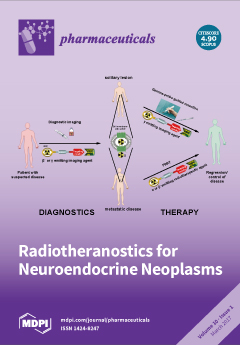Anacardic acids are the main constituents of natural cashew nut shell liquid (CNSL), obtained via the extraction of cashew shells with hexane at room temperature. This raw material presents high technological potential due to its various biological properties. The main components of CNSL
[...] Read more.
Anacardic acids are the main constituents of natural cashew nut shell liquid (CNSL), obtained via the extraction of cashew shells with hexane at room temperature. This raw material presents high technological potential due to its various biological properties. The main components of CNSL are the anacardic acids, salicylic acid derivatives presenting a side chain of fifteen carbon atoms with different degrees of unsaturation (monoene–15:1, diene–15:2, and triene–15:3). Each constituent was isolated by column chromatography using silica gel impregnated with silver nitrate. The structures of the compounds were characterized by nuclear magnetic resonance through complete and unequivocal proton and carbon assignments. The effect of the side chain unsaturation was also evaluated in relation to antioxidant, antifungal and anticholinesterase activities, and toxicity against
Artemia salina. The triene anacardic acid provided better results in antioxidant activity assessed by the inhibition of the free radical 1,1-diphenyl-2-picrylhydrazyl (DPPH), higher cytotoxicity against
A. salina, and acetylcholinesterase (AChE) inhibition. Thus, increasing the unsaturation of the side chain of anacardic acid increases its action against free radicals, AChE enzyme, and
A. salina nauplii. In relation to antifungal activity, an inverse result was obtained, and the linearity of the molecule plays an important role, with monoene being the most active. In conclusion, the changes in structure of anacardic acids, which cause differences in polarity, contribute to the increase or decrease in the biological activity assessed.
Full article






